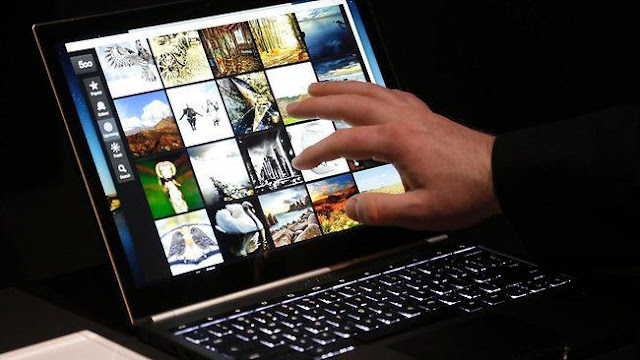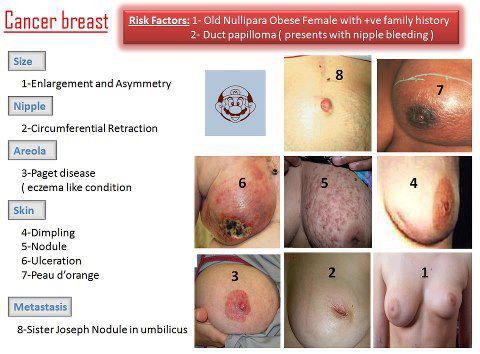Google Introduces Chrome-based Touch Screen Laptop
Google's Chrome OS is still a small player in the PC market, unlike Android's dominance of mobile. However, the search giant is making moves to improve its position. This month it has revealed the first touch screen Chromebook, but is it any good?
Touches Of Chrome
More and more modern laptops are taking advantage of touchscreen technology in order to help this traditional portable PC form factor take the fight to the booming tablet market.
Microsoft's Windows 8 operating system (OS) is explicitly designed to work well in a touch-based technological environment, although even this latest offering from one of the world's largest companies is having a tough time holding onto the market share established by its forebears.
Google has the smartphone and tablet industries wrapped up with the finger-friendly Android, but it remains a very minor player when it comes to the laptop market.
Here its Chrome OS is facing an uphill struggle to convince consumers that it is worth picking over Windows or Apple's OS X, largely because it is based almost entirely in web connectivity and the cloud, which renders it almost useless if you happen to lack broadband at home.
Google is hoping to convince people that Chrome OS is still a viable alternative with the introduction of a new Chromebook device that is already being compared with Apple's MacBook Air.
The new laptop is known as the Pixel, which is a reference to the fact that its touchscreen display has allegedly been endowed with the highest pixel density of any portable PC currently on the market.
Google's Linus Upson helped to reveal the Pixel and said that it has a ppi rating of 239. That is not quite as impressive as the iPhone 5's 326ppi, but of course users will not be holding the Pixel quite so close to their faces.
The screen is also of course touch sensitive, which is why Upson went all out in promoting the tactile intuitiveness of the Chrome OS when interacted with via fingers rather than a keyboard and mouse.
Users can swipe between open applications, change tabs on the browser and generally engage with most aspects of the OS without having to use anything else other than their digits.
The screen measures 12.85 inches across the diagonal and has a native resolution of 2560x1700, whilst its Gorilla Glass surface gives its a premium glossy finish and should also make it durable, which is important for something that is going to constantly come into contact with a user's hands.
The Pixel is powered by an Intel Core i5 processor and uses solid state storage to keep everything running quickly, as well as minimising boot times.
Connectivity is also impressive, with both Wi-Fi and 4G LTE antennas housed within its slender chassis.
Laptops with touch screens still have a long way to go if they are going to fight back against tablet rivals, so this Chromebook still has a lot to prove.
AUTHOR BIO
Maria is a blogger and tech specialist who reports for a number of outlets both online and off. She has used touch screens for PC interaction for many years and is pleased to see OS platforms finally adapting to fit in with tactile advances made by hardware manufacturers.
Touches Of Chrome
More and more modern laptops are taking advantage of touchscreen technology in order to help this traditional portable PC form factor take the fight to the booming tablet market.
Microsoft's Windows 8 operating system (OS) is explicitly designed to work well in a touch-based technological environment, although even this latest offering from one of the world's largest companies is having a tough time holding onto the market share established by its forebears.
Google has the smartphone and tablet industries wrapped up with the finger-friendly Android, but it remains a very minor player when it comes to the laptop market.
Here its Chrome OS is facing an uphill struggle to convince consumers that it is worth picking over Windows or Apple's OS X, largely because it is based almost entirely in web connectivity and the cloud, which renders it almost useless if you happen to lack broadband at home.
Google is hoping to convince people that Chrome OS is still a viable alternative with the introduction of a new Chromebook device that is already being compared with Apple's MacBook Air.
The new laptop is known as the Pixel, which is a reference to the fact that its touchscreen display has allegedly been endowed with the highest pixel density of any portable PC currently on the market.
Google's Linus Upson helped to reveal the Pixel and said that it has a ppi rating of 239. That is not quite as impressive as the iPhone 5's 326ppi, but of course users will not be holding the Pixel quite so close to their faces.
The screen is also of course touch sensitive, which is why Upson went all out in promoting the tactile intuitiveness of the Chrome OS when interacted with via fingers rather than a keyboard and mouse.
Users can swipe between open applications, change tabs on the browser and generally engage with most aspects of the OS without having to use anything else other than their digits.
The screen measures 12.85 inches across the diagonal and has a native resolution of 2560x1700, whilst its Gorilla Glass surface gives its a premium glossy finish and should also make it durable, which is important for something that is going to constantly come into contact with a user's hands.
The Pixel is powered by an Intel Core i5 processor and uses solid state storage to keep everything running quickly, as well as minimising boot times.
Connectivity is also impressive, with both Wi-Fi and 4G LTE antennas housed within its slender chassis.
Laptops with touch screens still have a long way to go if they are going to fight back against tablet rivals, so this Chromebook still has a lot to prove.
AUTHOR BIO
Maria is a blogger and tech specialist who reports for a number of outlets both online and off. She has used touch screens for PC interaction for many years and is pleased to see OS platforms finally adapting to fit in with tactile advances made by hardware manufacturers.





Comments
Post a Comment